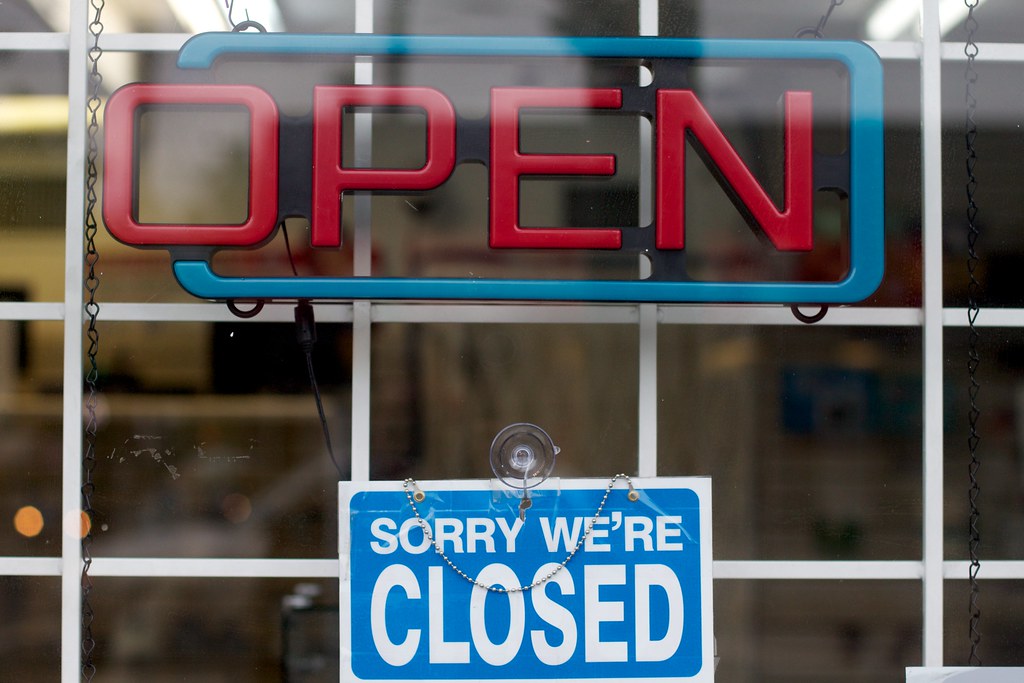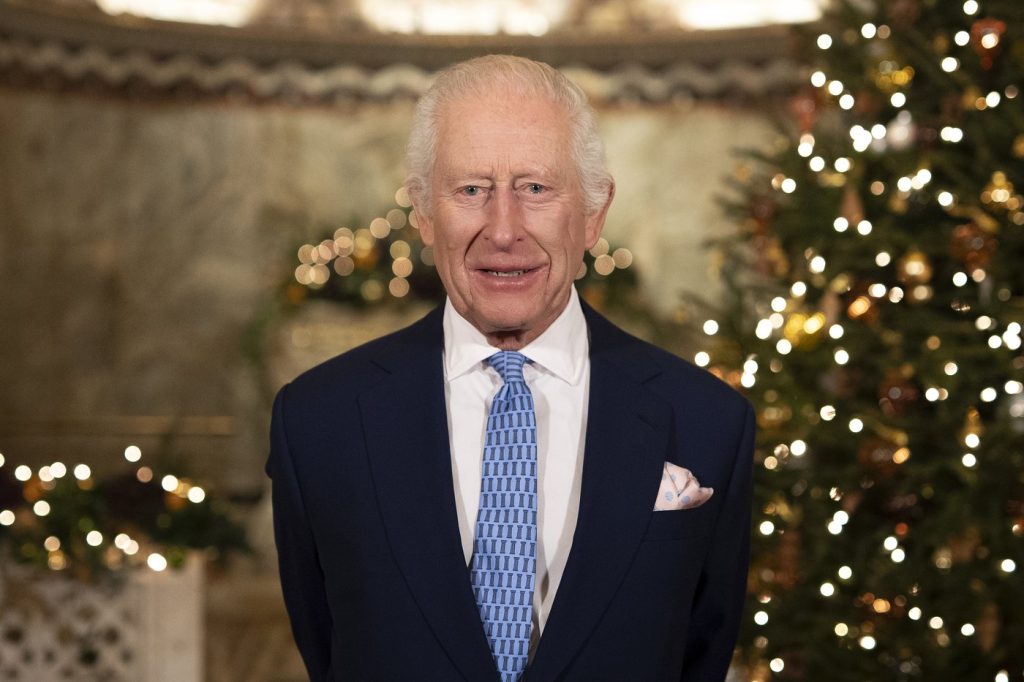Can your emojis be used against you in court?
Posted February 26, 2018 3:08 pm.
Last Updated February 26, 2018 7:23 pm.
This article is more than 5 years old.
Can your emojis be used against you in court?
Proving to be more than a bit of text-message fun, courts are now finding that the little social symbols can have big legal consequences, say researchers.
“Emojis are more than an innocuous new method of communicating,” says Elizabeth Kirley, an adjunct professor at York University’s Osgoode Hall Law School on leave from Deakin Law School in Australia.
“We found the icons are challenging lawyers, judges and lawmakers around the world, with their use being recognized, in a legal context, not as a joke or ornament but as a legitimate form of literacy,” she explains.
Kirley and colleague Marilyn McMahon looked at American and European criminal, civil and contract cases involving emojis. They found that the emojis added a human element into text conversations, but that they also added uncertainty in some cases.
For example — is a teen who texts a gun or a bomb emoji to someone guilty of harassment or even terrorism?
The researchers found that emojis pose cultural and technical problems for anyone before the court.
As texters familiar with Emojipedia know, a single emoji can appear differently, and convey different emotion, across different platforms. So an emoji sent on an iPhone will look different — sometimes radically different — to someone on an Android or other phone. And on some platforms, they may not appear at all.
Further, how an emoji is used in combination with text, other images or other emojis can change its meaning. The researchers also say emoji use varies across gender, ethnicity and other groups.
Already, courts in Canada are having to grapple with whether an emoji sent in a text conversation is an important part of evidence.
Criminal defence laywer Ari Goldkind says he worked on a sexual assault case where an alleged victim’s use of emojis was discussed in court.
“The judge wanted to know more of what the emojis meant, how certain emojis would be defined,” he says. “As we enter into the digital realm, and language changes, this is just another sign of the evidentiary times.”
“With cases coming before the courts where the intended meaning of emoji in interpersonal messages is unclear, with some resulting in jail time for the offenders, it is clear that the legal status of these images needs to be determined.”
The researchers ask if Canada’s legal system is ready to assign a value to emoji communications. For instance, are they covered under free speech? And further, when an emoji’s meaning is unclear, how will a court handle it?
They suggest that courts needs specialists in digital speech to help determine if emoji conversations meet the standards of evidence.
Goldkind isn’t convinced that’s the solution: “Nine times out of 10, we use emojis to convey clear meaning, clear emotion, clear intention.”
Read the full research paper by professors Elizabeth Kirley and Marilyn McMahon.
The Emoji Factor: Humanizing the Emerging Law of Digital Speech








